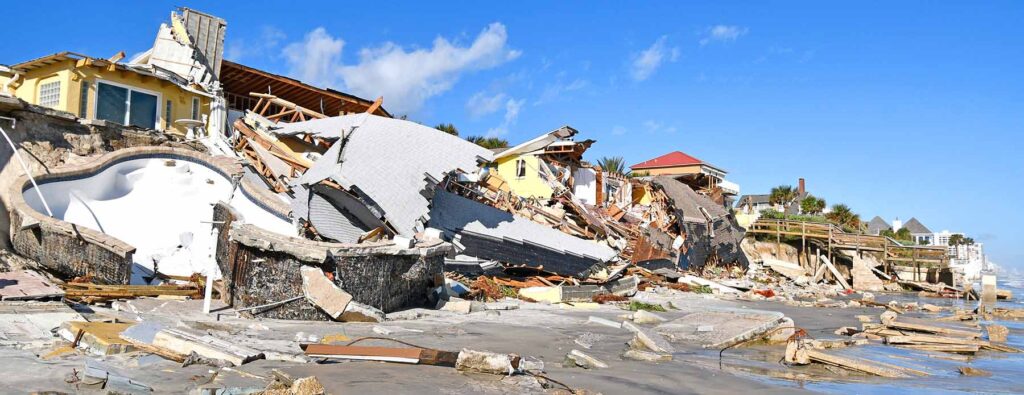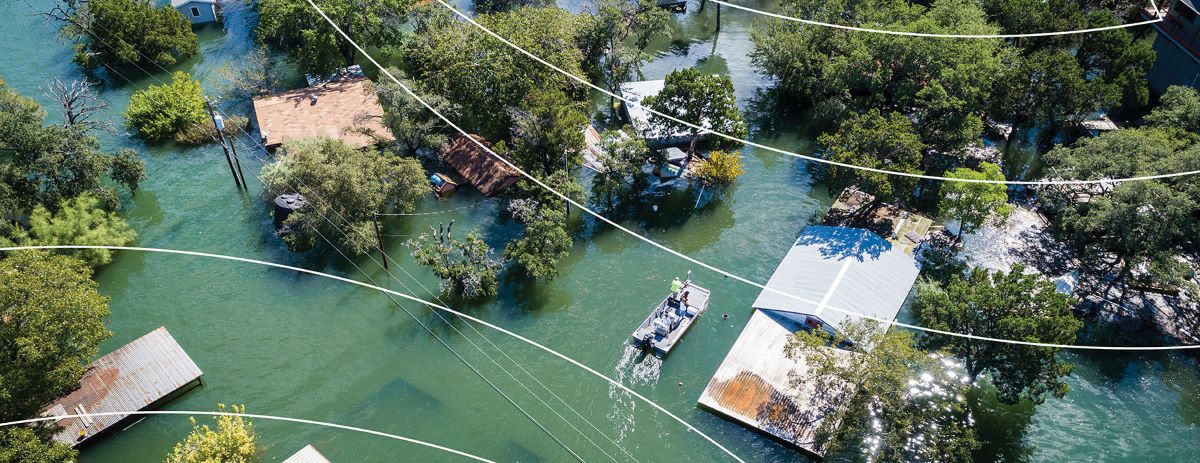In 2023, the United States faced an unprecedented challenge as it encountered dozens of billion dollar disasters, with damages surpassing the $1 billion mark per disaster, marking the highest recorded count. The National Oceanic and Atmospheric Administration (NOAA) chronicled many catastrophes in 2023, from the tragic wildfire in Maui to Hurricane Idalia in Florida and Typhoon Mawar in Guam. Additionally, there were substantial floods, two series of tornadoes, a severe heat wave, and 17 instances of extreme weather, including hailstorms.
The Economic and Human Impact of the 2023 Disasters
The economic repercussions are profound. In 2023 alone, the combined damages from these disasters soared to at least $92.9 billion. Beyond the financial metrics, the human cost is equally harrowing. Adam Smith, an applied climatologist at NOAA’s National Centers for Environmental Information, was quoted in the New York Times stating that more than 5,500 lives have been lost in 137 billion-dollar disasters since 2017.
This alarming frequency of billion-dollar disasters is not an anomaly but part of a disturbing upward trend identified by NOAA since 1980. The previous record, set in 2020, witnessed 22 such events. These figures underscore two critical shifts: the increasing frequency and severity of extreme weather due to rising global temperatures and the expansion of human development into areas prone to disasters, such as coastal regions and wildfire-susceptible zones.
Urgent Need for Enhanced Disaster Mitigation and Preparedness
The rise of disaster-related losses calls for more robust mitigation strategies, better disaster preparedness, and stronger infrastructure reinforcement. Government entities at federal, state, and local levels and private sector stakeholders must commit to investing in infrastructure capable of withstanding the growing severity of weather events.
This necessitates a comprehensive approach that includes several key elements:
- Upgrading Building Codes: Implementing more stringent building codes that factor in the increased likelihood of extreme weather events is crucial. These codes should be designed to enhance the resilience of structures to withstand events such as severe storms, flooding, and wildfires. For instance, buildings in coastal areas might require elevation to protect against storm surges, while those in wildfire-prone regions need materials that can resist high temperatures.
- Improving Flood Defenses: Enhancing flood defenses is essential given the increased heavy rainfall events. Defenses include the construction of levees, floodwalls, and sea barriers, as well as the restoration of natural floodplains and wetlands that can absorb excess water.
- Sustainable and Strategic Urban Planning: New developments must be planned with sustainability and strategic location in mind. This involves avoiding construction in high-risk areas and integrating green spaces to provide natural buffers against extreme weather events.
- Community Disaster Preparedness: Equipping communities with knowledge and tools for disaster response is vital. This includes regularly disseminating information about evacuation routes, emergency shelters, and procedures for different types of disasters. Conducting drills and providing training can significantly improve community readiness.
- Investment in Early Warning Systems: Early warning systems that detect and provide timely alerts about impending disasters are crucial. These systems must be continually updated with the latest technology and data analysis techniques for accurate forecasting.
- Fostering Public-Private Partnerships: Collaborations between government and private entities can lead to innovative solutions for disaster mitigation. These partnerships can facilitate sharing resources, expertise, and technology, leading to more efficient and effective disaster response and preparedness strategies.
- Adapting to Climate Change: Strategies such as promoting water conservation, diversifying energy sources to include renewables, and protecting critical ecosystems must be integrated into planning and development processes.
A Unified Effort Against Billion-Dollar Disasters
As the frequency and cost of natural disasters continue to climb, the imperative for further action intensifies. The challenge extends beyond merely responding to these events; it involves a proactive stance in preparing for them. This requires a unified effort across all sectors of society to bolster resilience and adapt to the unavoidable consequences of climate change.



